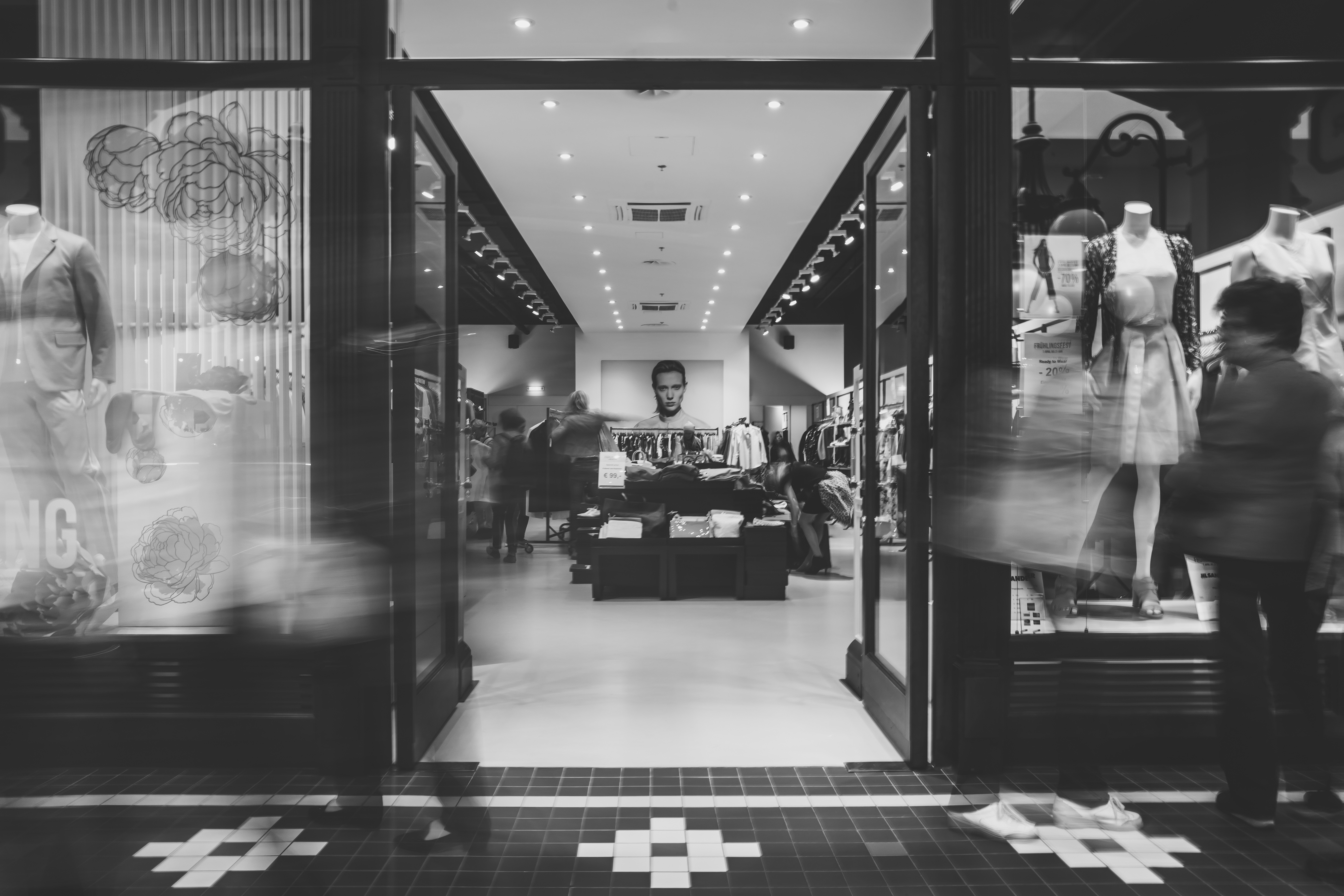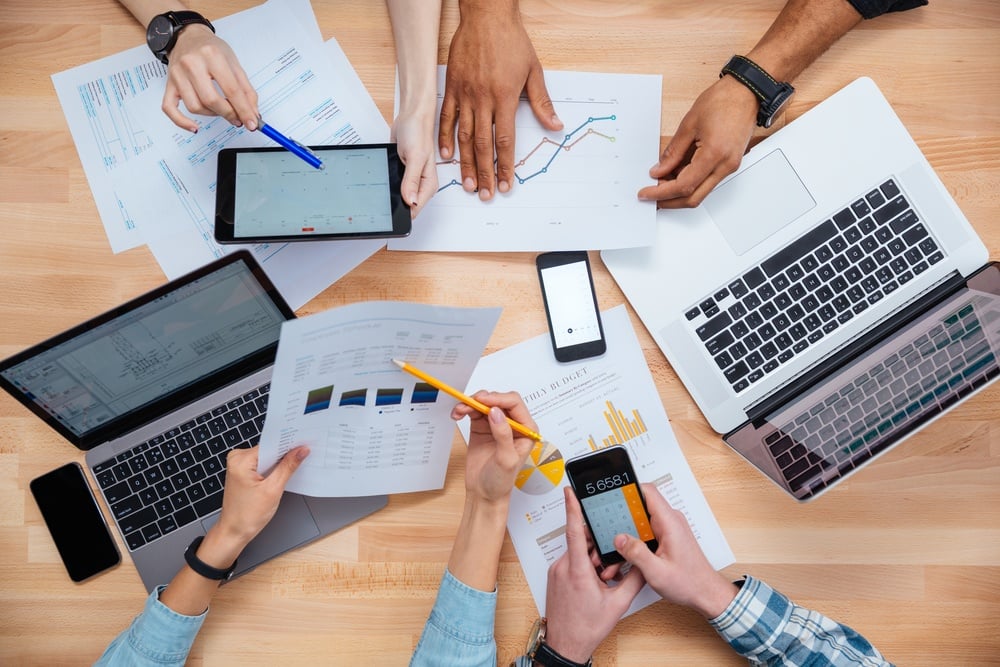Better Retail Training
One happy drawback of retail success is that you've got a lot of new stores to open, and therefore a lot of employees to train, whether new at the store or backfill for transferred employees. And not just one type of employee, either. There's also senior staff, managers, back of house, etc. A better training system would help keep all of your employees up-to-date on all of the latest information and sales techniques. Let's look at a few ways a better, modern training system can help lower costs and increase on-the-job performance.
Efficient Training for floor staff
The first rule of any kind of training is that everyone learns differently. It helps to have a training system where your employees can learn at their own pace. For one of your new employees, it might be their first retail job, where another might be a longtime associate that's decided to join your team. A flexible process will let the new person review the material again, whereas the experienced person can keep moving along.
Accountability is the next piece of the puzzle. Modern training systems, such as those delivered on iPad or Surface tablets, allow tracking of what training materials have been viewed by which employees.
Tablet training systems also have the flexibility to target the delivery of training materials. Instead of having one giant paper binder that everyone must wade through, tablet systems can deliver exactly the right training content to the right person, whether an assistant manager, shipping clerk, inventory specialist - whatever their job might be.
Better training for managers
Many store managers are promoted in the field, so most of their training is done remotely, or by district managers. This means that any store habits get perpetuated and go overlooked. With a uniform training system, augmented by video and up-to-date document delivery, new managers can receive their instruction from the head office. However, communication should go both ways - HQ can lose the pulse from time to time. Enabling managers to communicate back up the chain via the same content system helps keep innovation alive for the whole company.
Video content
Video as a training tool has only seen widespread adoption in recent years. Previous video training methods might have involved watching staged episodes on a computer's DVD player or - even worse - a VCR. With small cameras recording digital video, it is possible to record actual situations - cooking tutorials, clothes-folding procedures, etc - and make that video available everywhere, instantly. And everywhere is where it will need to be, as everyone has a phone or tablet these days, and will want to learn where they are, not in the back office.
Specific info to major product launches
So much of retail is in the presentation. New store layouts and front window setups are rolled on a regular basis. A better system would have videos and planograms showing exactly how the setups should look, from all angles, and show exactly how some tricky assemblies should go. A content management system that can automatically remove old layout information so that content can stay fresh. A searchable system that can update product specs immediately so that people on the floor don't have to leaf through old data sheets or catalogs to get to the new information.
To recap, a modern retail system should be systematic, hydromatic, ultrama…no, wait, that's a different list. A *real* modern retail training system should be automatic with its updates, able to show video, allow for feedback, be flexible and customized for store roles and experience, and track who has seen the training material. You won't get this with old paper binders. The system needs to be better.
To learn more download our latest guide on Mobile Content Management for the Enterprise





